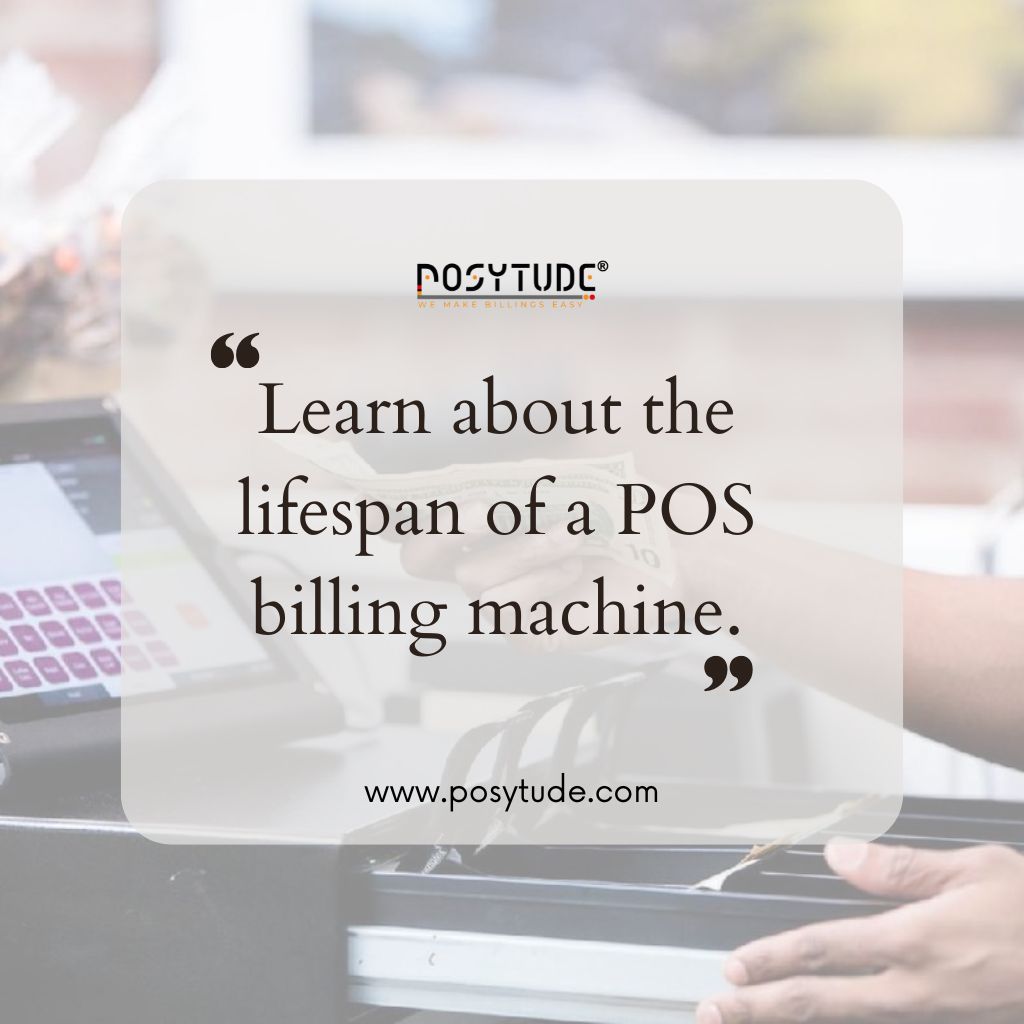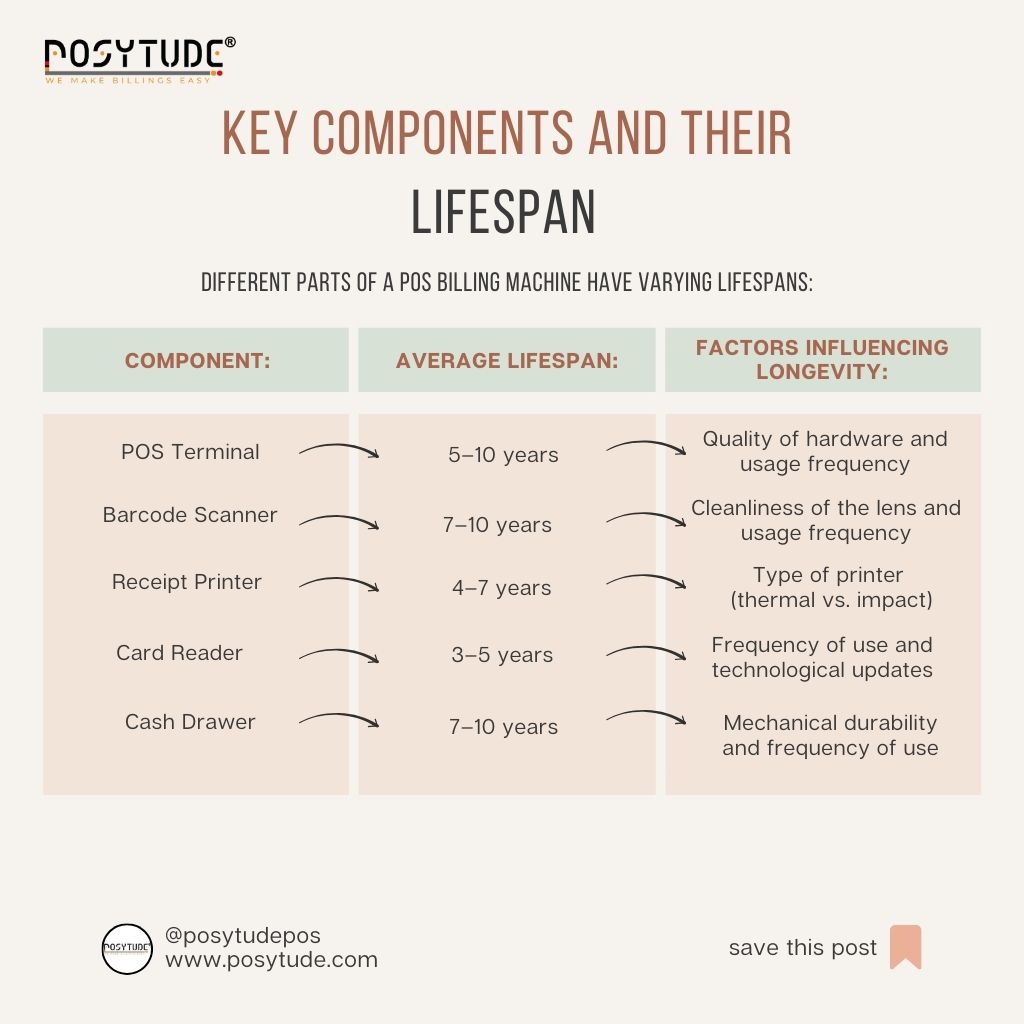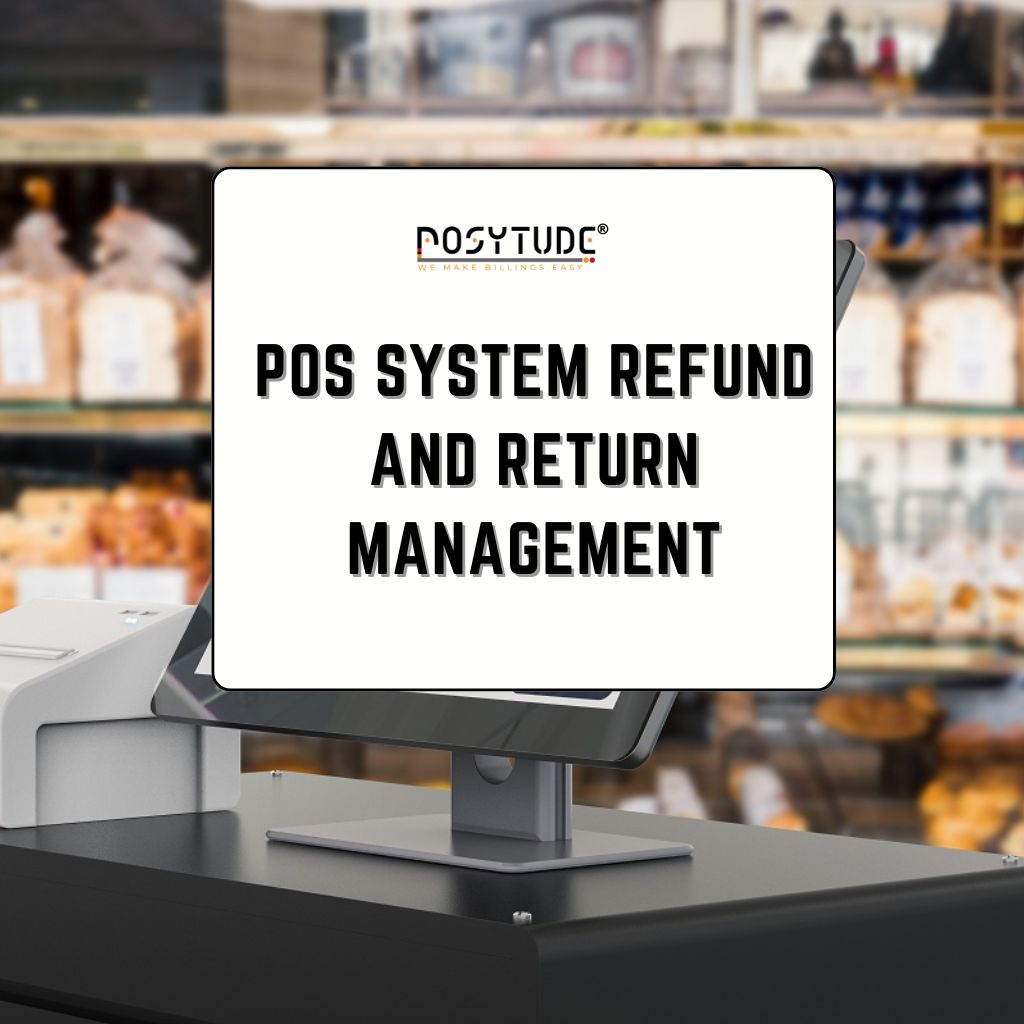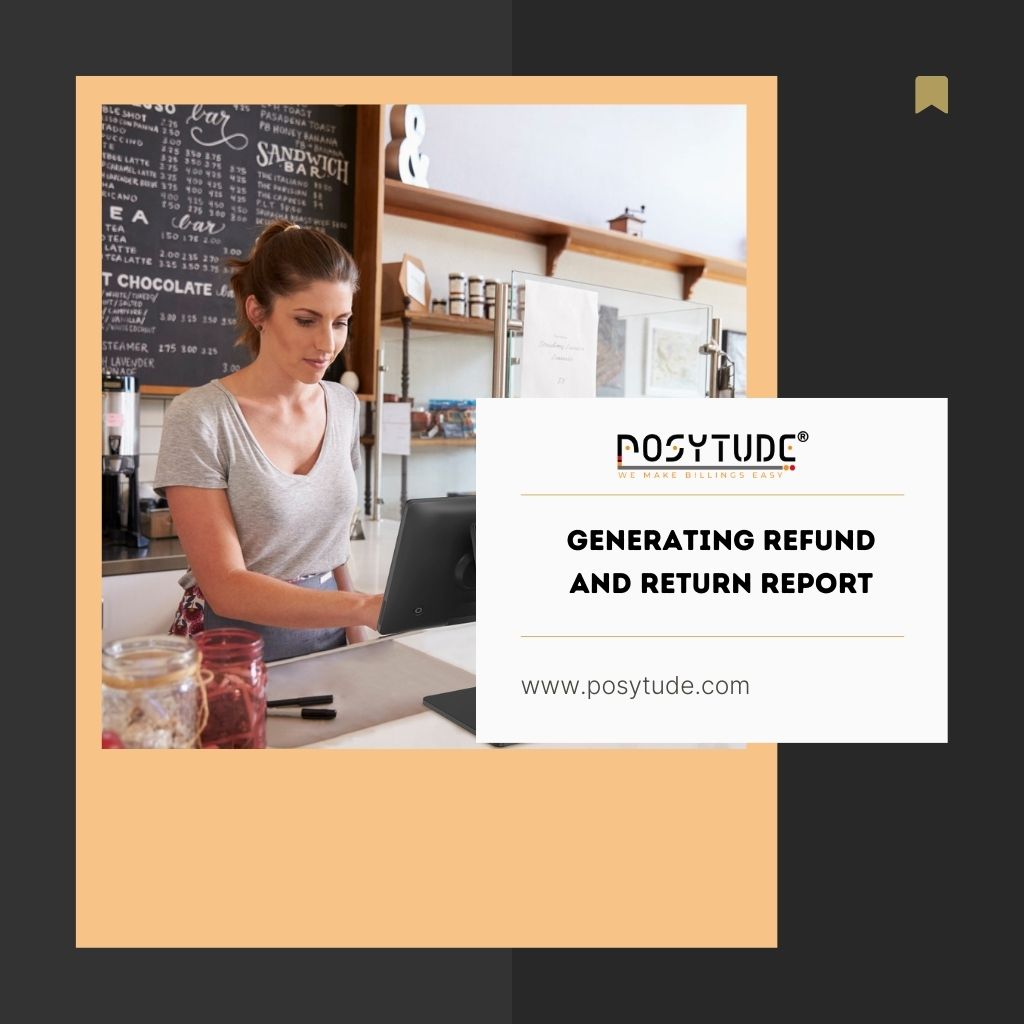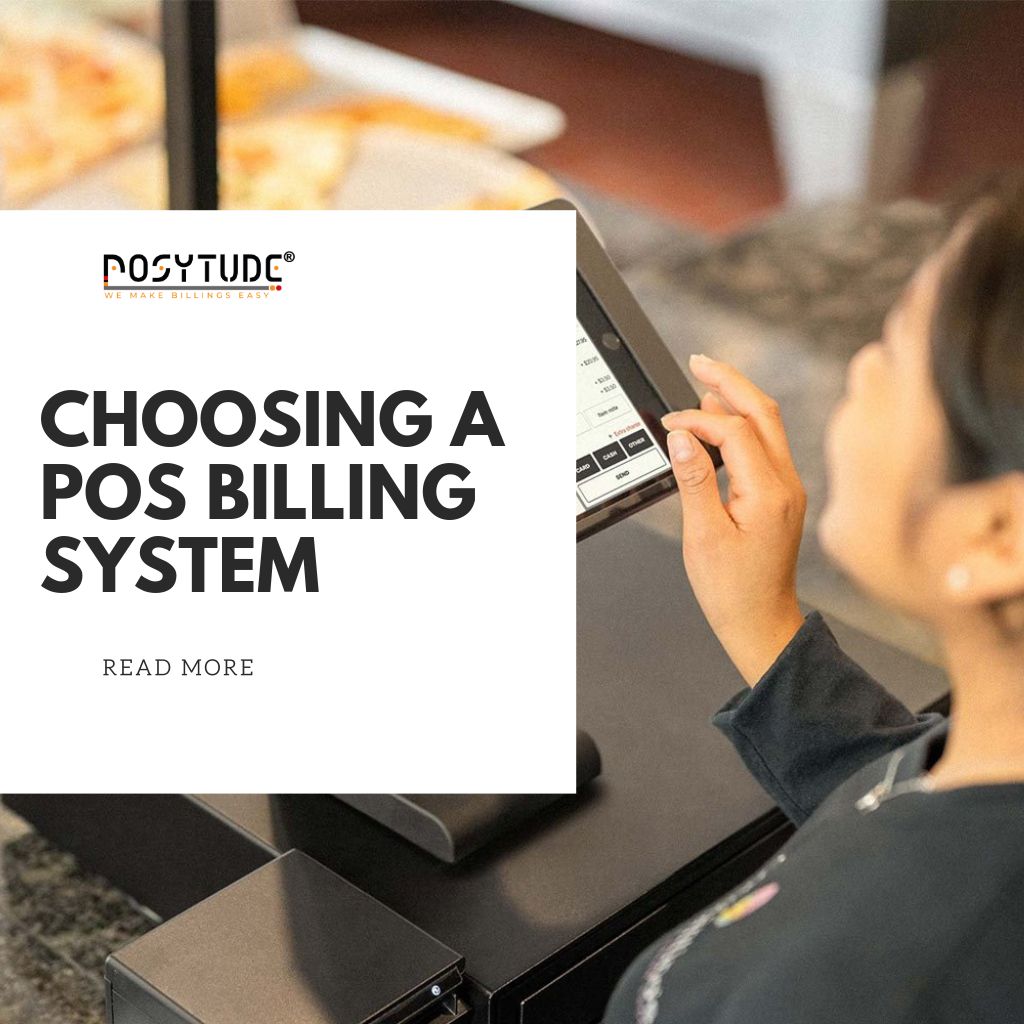How Restaurants Can Effectively Use Chatbots?

Salesforce is the CRM market leader and Salesforce Contact Genie enables multi-channel live chat supported by AI-driven assistants. Salesforce Contact Center enables workflow automation for customer service operations by leveraging chatbot and conversational AI technologies. You can use them to manage orders, increase sales, answer frequently asked questions, and much more. Pizza Hut introduced a chatbot for restaurants to streamline the process of booking tables at their locations. Clients can request a date, time, and quantity of guests, and the chatbot will provide them with an instant confirmation.

This type of individualized recommendation and upselling drives higher order values. It also enhances customer satisfaction by delivering a tailored experience. Forrester reports that chatbots that make personalized recommendations see a 10-30% increase in order value. According to research from Oracle, 67% of customers prefer chatbots over calling a restaurant to place an order. And Juniper Research forecasts that chatbot-based food orders will reach over $75B globally by 2023. We recommend restaurants to pay attention to following restaurant chatbots specific best practices while deploying a chatbot (see Figure 4).
Draw an arrow from the “Place and order” button and select to create a new brick. This way, @total starts with a value of 0 but grows every single time a customer adds another item to the cart. Once you create your variable move on to the next step, the formula itself.
Try your template for:
The Professional plan also offers a no-coder-friendly option to set up API webhooks with pretty much any tool or software. Engage users in multimedia conversations with GIFs, images, videos or even documents. This template allows you to create a restaurant table reservation with limited seats. Add a layer of personalization to make interactions feel more engaging and tailored to the individual user. Use the user’s name, remember their past orders, and offer recommendations based on their preferences.
They can assist both your website visitors on your site and your Facebook followers on the platform. They are also cost-effective and can chat with multiple people simultaneously. Panda Express uses a Messenger bot for restaurants to show their menu and enable placing an order straight through the chatbot. Their restaurant bot is also present on their social media for easier communication with clients.
Through the chatbot interface, customers can track delivery, place orders, and receive personalized recommendations, enhancing the convenience of the overall experience. The restaurant template that ChatBot offers is a ready-to-use solution made especially for the sector. Pre-built dialogue flows are included to address typical situations, including bookings, menu questions, and client comments.
Chatbots also aid restaurants in controlling client traffic as well. They can show the menu to the potential customer, answer questions, and make reservations amongst other tasks to help the restaurant become more successful. This restaurant chatbot asks four questions at the start, but they seem more human-like than the robotic options of “Menu”, “Opening hours”, etc. This makes the conversation a little more personal and the visitor might feel more understood by the business. You can choose from the options and get a quick reply, or wait for the chat agent to speak to. Customers can ask questions, place orders, and track their delivery directly through the bot.
No-coding setup
This not only simplifies menu exploration but also makes the interaction more engaging. The voice command feature of chatbots used in restaurants ties the growth of voice search in the tourism and hospitality sectors. Businesses that optimize their content for mobile and websites with voice search in mind can gain more visibility while providing users with a better overall experience. Sign up with Gupshup and we’ll give you a free restaurant chatbot demo.
- Chatbots are culinary guides that lead clients through the complexities of the menu; they are more than just transactional tools.
- Restaurants may maximize their operational efficiency and improve customer happiness by utilizing this technology.
- This comes in handy for the customers who don’t like phoning the business, and it is a convenient way to get more sales.
- Use the insights gained from testing to iterate and improve the chatbot’s design.
- Give the potential customers easy choices if the topic has more specific subtopics.
Whether it helps diners book a table or ask a question, having a chatbot available improves the overall customer experience — something that might convince them to return time and time again. Create custom marketing campaigns with ManyChat to retarget people who’ve already visited your restaurant. Simply grab their email address (either when making a booking or delivering a receipt) and upload it to Facebook Advertising. The newly created audience is then ready for you to run retargeting campaigns that direct potential customers towards your Messenger bot.
Customers can make their order with your restaurant on a Facebook page or via your website’s chat window by engaging in conversation with the chatbot. It is an excellent alternative for your customers who don’t want to call you or use an additional mobile app to make an order. It can send automatic reminders to your customers to leave feedback on third-party websites. It can also finish the chat with a client by sending a customer satisfaction survey to keep track of your service quality. A chatbot is used by the massive international pizza delivery company Domino’s Pizza to expedite the ordering process.
Our study found that over 71% of clients prefer using chatbots when checking their order status. Also, about 62% of Gen Z would prefer using restaurant bots to order food rather than speaking to a human agent. Customer service is one area with an increasing need for 24/7 services.
However, I want my menu to look as attractive as possible to encourage purchases, so I will enrich my buttons with some images. Thankfully, Landbot builder has a little hack to help you keep control of the flow and make it as easy to follow as possible. There are some pre-set variables for the most common type of data such as @name and @email.
- Yes, Landbot offers a wide variety of out-of-the-box integrations such as Google Sheets, MailChimp, Salesforce, Slack & Email Notifications, Zapier, Stripe, etc.
- Instead, focus on customer retention and loyalty utilizing a chatbot to manage the process.
- Naturally, we’ll be linking the “Place Order” button with the “Place Order” brick and the “Start Over” button with the “Main Menu” at the start of the conversation.
Instead, focus on customer retention and loyalty utilizing a chatbot to manage the process. Before we dive in with the details, let’s iron out exactly what a restaurant chatbot is. I have just started experimenting with Simplified but so far this seems like an incredibly useful tool that combines many functions I would need in one place. So far (two weeks in) Simplified has done well with social media content creation and hashtag suggestions. Select your deployment method – whether it’s a chat bubble for real-time interaction or seamlessly embedding it using the provided iframe code.
When users push the end of the chat button they can direct a very short survey regarding their experience with chatbot. Thus, restaurants can find the main pain points of the chatbot and improve it accordingly. However, seeing the images of the foods and drinks, atmosphere of the restaurant, and the table customers’ will sit can make customers more comfortable regarding their decisions. Therefore, we recommend restaurants to enrich their content with images. This knowledge enables restaurants to plan a top-notch service for guests. For instance, if there will be a birthday celebration, the restaurant can prepare a cake and set the tables appropriately to enhance the customer experience.
This guide explores the intricacies of developing a restaurant chatbot, integrating practical insights and internal resources to ensure its effectiveness. You can foun additiona information about ai customer service and artificial intelligence and NLP. In this comprehensive 2000+ word guide, we‘ll explore common use cases, best practices, examples, statistics, and the future of restaurant chatbots. Whether you‘re a restaurant owner considering deploying conversational AI or just want to learn more about this emerging technology, read on for an in-depth look. Before the pandemic and the worldwide quarantine, common use of the chatbots by restaurant owners included online booking or home delivery services. Although restaurant executives typically think of restaurant websites as the first place to deploy chatbots, offering users an omnichannel experience can boost customer engagement. In this regard, restaurants can deploy chatbots on their custom mobile apps as well as messaging platforms.
Plus, I think that if your restaurant has a chatbot, and another neighboring one does not, then you are actually in a winning position among potential buyers or regular guests. You know, this is like “status”, especially if a chatbot was made right and easy to use. Especially having a messenger bot or WhatsApp bot can be beneficial for restaurants since people are using these platforms for conversation nowadays. For example, some chatbots have fully advanced NLP, NLU and machine learning capabilities that enable them to comprehend user intent. As a result, they are able to make particular gastronomic recommendations based on their conversations with clients.
From Reservations to Ordering, Gen AI Took Over Restaurants in 2023 – PYMNTS.com
From Reservations to Ordering, Gen AI Took Over Restaurants in 2023.
Posted: Wed, 27 Dec 2023 08:00:00 GMT [source]
This gives restaurants valuable data to deliver personalized hospitality. Pick a ready to use chatbot template and customise it as per your needs. While it’s possible to connect Landbot to any system using API, the easiest, quickest, and most accessible way to set up data export is with Google Sheets integration.
This no-code solution democratizes the deployment of AI technology in the restaurant business while saving significant time and money. Without learning complicated coding, restaurant owners can customize the chatbot to meet their unique needs, from taking bookings to making menu recommendations. Chat PGs are artificial intelligence (AI) systems that make use of machine learning (ML) and natural language processing (NLP) techniques. Thanks to this technology, these virtual assistants can replicate human-like interactions by understanding user inquiries and responding intelligently. This pivotal element modifies the customer-service dynamic, augmenting the overall interaction.
Chatbots are essential for restaurants to continuously assist their visitors at all hours of the day or night. This feature is especially important for global chains or small businesses that serve a wide range of customers with different schedules. In addition to quickly responding to consumer inquiries, the round-the-clock support option fosters client loyalty and trust by being dependable.
Though the initial menu setup might take some time, remember you are building a brick which can be saved to your library as a reusable block. Drag an arrow from the menu item you want to “add to cart” and select “Formulas” block from the features menu. Now it’s time to learn how to add the items to a virtual “cart” and sum the prices of the individual prices to create a total. Though, for the purposes of this tutorial, we will keep things simpler with a single menu and the option to track an order.
Restaurant chatbots are conversational AI tools that are revolutionizing customer service and operations in the industry. Top benefits include 24/7 customer engagement, augmented staff capabilities, and scalable marketing. While calls and paper menus still have their place, chatbots provide a convenient self-service option for guests and automate key processes for restaurants.
Paying a fee for a reservation, which is typically deducted from the bill when a party shows up, is also less onerous for consumers than facing jacked up menu prices. If you’re in the restaurant industry, you at least start looking into what chatbots can offer and ways it can make your operations run more efficiently. Plus, it offers a unique opportunity to personalize interactions with customers and provide them with one-on-one guidance in ways that are tougher for human staff. For example, it can be used as an educational tool by recommending dishes based on dietary preferences and allergies, as well as offer drink suggestions based on previous orders. You can even collect your customers’ email addresses when they dine with you and use that information to create a Facebook Ads Custom Audience of people who’ve ordered from you.

For the sake of this tutorial, we will use Tidio to customize one of the templates and create your first chatbot for a restaurant. It’s important to remember that not every person visiting your website or social media profile necessarily wants to buy from you. They may simply be checking for offers or comparing your menu to another restaurant. This one is important, especially because about 87% of clients look at online https://chat.openai.com/ reviews and other customers’ feedback before deciding to purchase anything from the local business. Even when that human touch is indispensable, the chatbot smoothly transitions, directing customers on how to best reach your team. When a big party cancels, or only partially shows up to the table, it can lead to food waste and excessive spending on labor costs — because of servers not having enough work for the evening.
It can look a little overwhelming at the start, but let’s break it down to make it easier for you. Your phone stops to be on fire every Thursday when people are trying to get a table for the weekend outing. The bot will take care of these requests and make sure you’re not overbooked. Megan Cerullo is a New York-based reporter for CBS MoneyWatch covering small business, workplace, health care, consumer spending and personal finance topics. She regularly appears on CBS News Streaming to discuss her reporting. “But, they are likely to have people make every effort to show up, because nobody wants to be nicked $100 for nothing because they missed their reservation.”
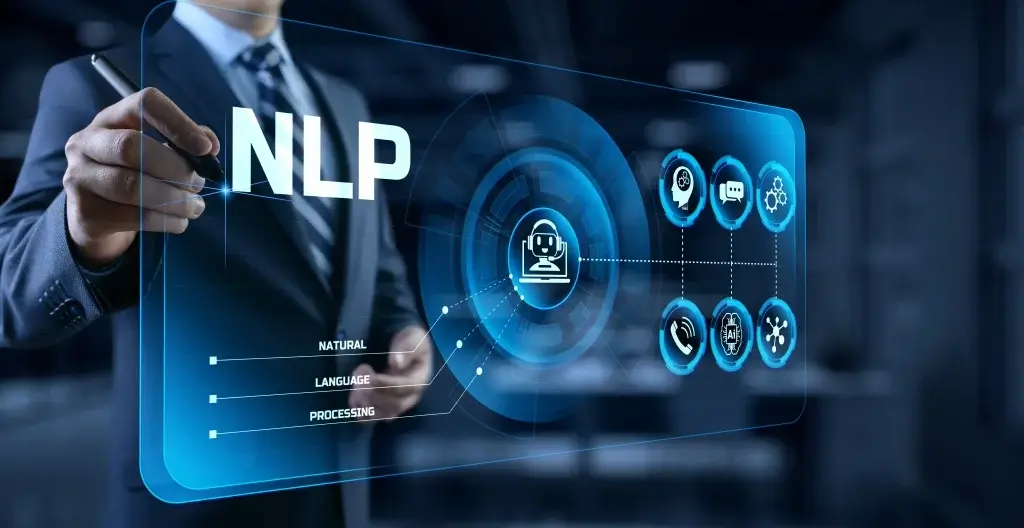
The more complex AI becomes, the more we rely on it – and the less humans are needed. Common information about the bot’s experience, skills and personality. The vast majority of the templates (around 90%) are free and will remain free after the free trial ends. This engages guests and keeps them informed while reducing manual staff effort on repetitive marketing communications. Here you can indicate which variable you want to store the bot’s URL.
Customizing this block is a great way to familiarize yourself with the Landbot builder. As you can see, the building of the chatbot flow happens in the form of blocks. Each block represents one turn of the conversation with the text/question/media shared by the chatbot followed by the chatbot restaurant reservation user answer in the form of a button, picture, or free input. These ones help you with a variety of operations such as data export and calculations… but we will get to that later. I think that adding a chatbot into the work of a restaurant can greatly simplify the work of a place.

ChatBot enables tailored and focused communication with the audience, whether advertising exclusive deals, discounts (make sure to see our discount template as well), or forthcoming occasions. Customers feel more connected and loyal as a result of this open channel of communication, which also increases the efficacy of marketing activities. Torrisi bar and restaurant in Downtown Manhattan requires a deposit of $50 a person upon making a reservation. Customers have 12 hours before the time of the reservation to cancel the booking and get their deposit back.
Give the potential customers easy choices if the topic has more specific subtopics. For example, if the visitor chooses Menu, you can ask them whether they’ll be dining lunch, dinner, or a holiday meal. Remember that you can add and remove actions depending on your needs. Restaurant chatbots can also recognize returning customers and use previous purchase information to advise the visitor. A bot can suggest dishes a customer may not know about, or recommend the best drink to match their preferred meal. Because chatbots are direct lines of communication, restaurants may easily include them in their marketing campaigns.
Launch your restaurant chatbot on popular external messaging channels like WhatsApp, Facebook Messenger, SMS text, etc. However, also integrate bots into your proprietary mobile apps and websites to control the experience. To do so, drag a green arrow from the green corresponding to the “Show me the menu! ” button and when a features menu appears, select the “SET VARIABLE” block. This is one of those blocks that are only visible on the backend and do not affect the final user experience. Next up, go through each of the responses to the frequently asked questions’ categories.
Its Messenger chatbot gives you a selection of questions to ask, and replies with an instant, automated response. Even if you don’t offer table service, you can still use this alternative queuing system. Food trucks, for example, can ask customers to scan the code and come back when you’ve fulfilled your backlog of orders. Take this example from Nandos, for instance, which is using a chatbot queuing system as the only means to enter the restaurant. Empower your restaurant with 24/7 AI assistance for better service and customer satisfaction. Yes, Landbot offers a wide variety of out-of-the-box integrations such as Google Sheets, MailChimp, Salesforce, Slack & Email Notifications, Zapier, Stripe, etc.
